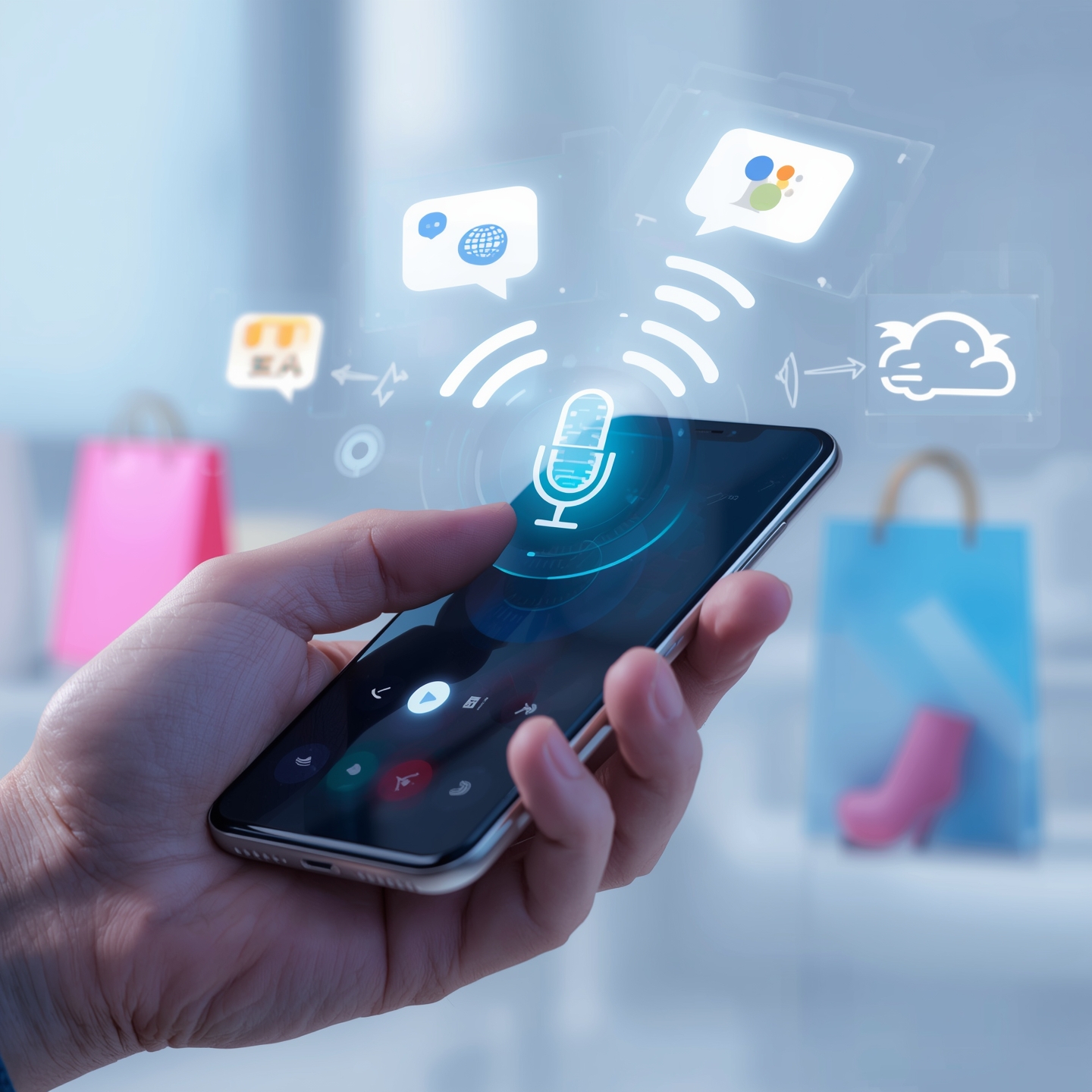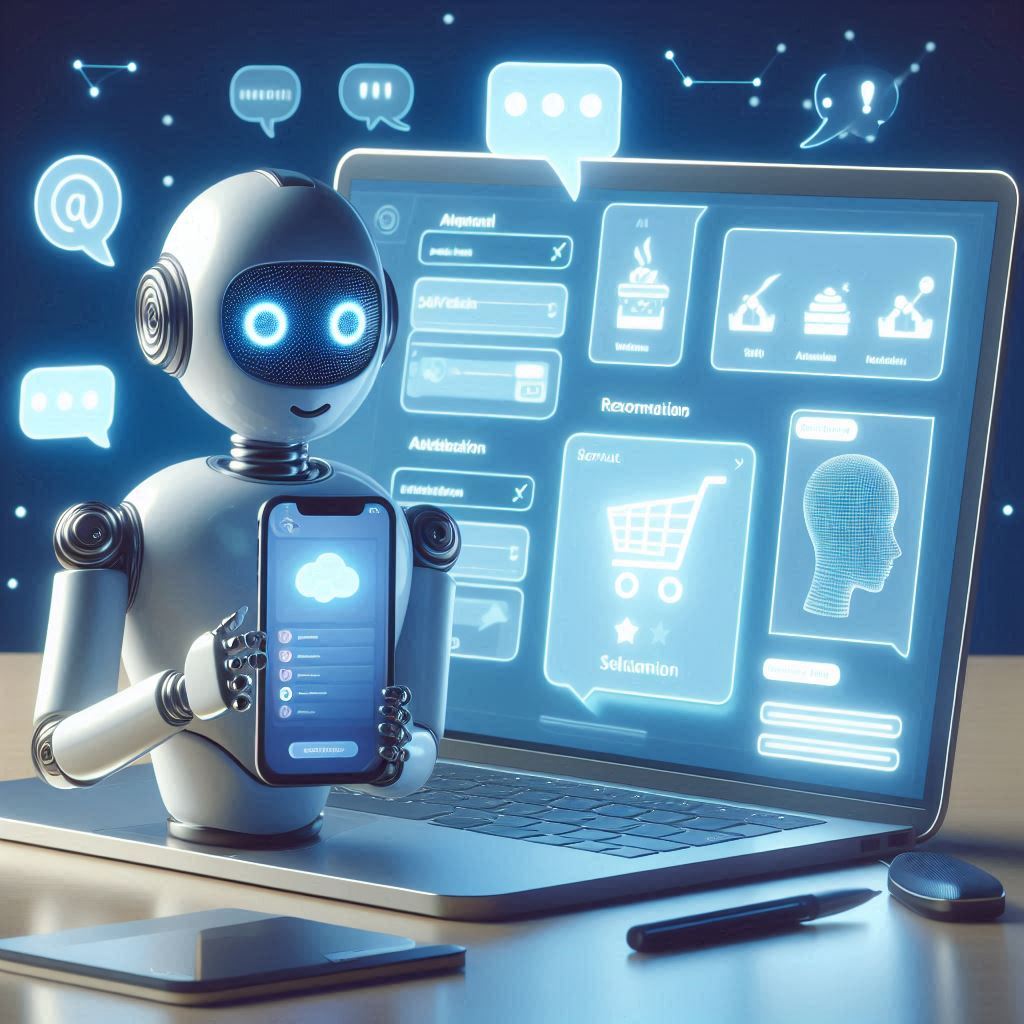10 Ecommerce Web Development Trends That Will Dominate This Year
The e-commerce landscape is advancing faster than ever. Modern web development is now central to shaping how people shop online. From personalized AI solutions to interactive augmented reality, emerging technologies are revolutionizing customer interactions. Companies that adopt these forward-thinking trends are positioned to gain a competitive advantage. Here’s a look at the top 10 e-commerce web development trends set to define this year.
1. Progressive Web Apps (PWA)
PWAs are changing ecommerce web development by delivering fast, app-like experiences directly in a browser. They load quickly, even with poor internet connections, and can be installed on mobile devices without going through an app store. Brands like Alibaba and Flipkart have adopted PWAs to reduce bounce rates and increase engagement. For ecommerce businesses, PWAs offer speed, reliability, and better user experience.

2. Voice Commerce Integration
The ascendancy of intelligent aides such as Alexa, Siri, and Google Assistant has ushered in a transformative epoch for e-commerce architecture. Voice-driven commerce is no longer a novelty—it empowers patrons to locate, procure, and monitor merchandise through the effortless cadence of spoken language alone. For developers, refining digital storefronts for auditory queries necessitates an emphasis on dialogue-oriented key phrases, meticulously structured metadata, and pages engineered for instantaneous responsiveness. This evolution is poised to render purchasing experiences remarkably fluid, particularly for individuals navigating life in perpetual motion..

3. AI-Powered Personalization
Artificial Intelligence is metamorphosing the landscape of e-commerce web craftsmanship, sculpting shopping encounters into experiences of tailored precision and intimate relevance. By harnessing intricate algorithms to dissect a patron’s digital footprint—encompassing their navigational trails, historical acquisitions, and instantaneous behavioral cues—AI unveils product suggestions that resonate with uncanny exactitude to individual inclinations.
Take, for instance, Amazon’s finely tuned recommendation apparatus, which not only captivates user attention but also amplifies transactional momentum. Weaving AI into the very fabric of your e-commerce framework can precipitate elevated conversion trajectories and cultivate a clientele steeped in satisfaction and brand fidelity.
4. AR and VR Shopping Experiences
Augmented Reality (AR) and Virtual Reality (VR) are transforming online shopping by bridging the gap between digital and physical experiences. These immersive technologies empower customers to:
Try before they buy (e.g., testing makeup shades virtually).
Visualize products in real-world settings (like placing furniture in their home via AR).
Reduce purchase hesitation with interactive previews.
Take IKEA’s AR app, for example—it lets users scan their room and place true-to-scale 3D models of furniture, cutting return rates and boosting trust. Brands adopting AR/VR see higher engagement and fewer cart abandonments.

5. One-Click & Fast Checkout Solutions
A slow or complicated checkout process often leads to abandoned carts. Modern ecommerce web development focuses on one-click and fast checkout systems that store payment and shipping information securely. This reduces friction, making it easier for customers to complete their purchases. Platforms like Shopify and WooCommerce now offer integrated one-click payment options.
6. Mobile-First Design & UX
The digital shopping revolution has gone pocket-sized. Consider these game-changing realities:
The 3-Second Rule
Modern shoppers judge sites by smartphone standards - if your mobile experience stutters, they're already browsing your competitor's store.
Touchscreen Psychology
Design elements now follow "thumb zone" ergonomics, with checkout buttons placed where fingers naturally rest during one-handed browsing.
Google's Silent Judge
The search giant's mobile-first policy means your desktop site's SEO potential is now hostage to its mobile counterpart's performance.
Industry data reveals a harsh truth: e-commerce sites ignoring mobile optimization see:
→ 50% higher bounce rates
→ 30% lower conversion rates
→ Steady declines in organic visibility.

7. Headless Ecommerce Architecture
Breaking free from traditional limitations, headless commerce decouples the customer-facing storefront from backend operations. This architectural shift gives developers complete creative freedom to:
Build storefronts using cutting-edge frameworks
Maintain robust commerce functionality behind the scenes
Push updates without system-wide disruptions
The payoff? Blazing-fast performance, effortless scaling, and limitless customization. Industry leaders like Nike leverage this approach to deliver seamless digital experiences across all touchpoints.
8. Sustainability and Green Ecommerce
Sustainability is no longer a niche trend—it’s a key part of e-commerce web development strategy. Many e-commerce sites now include eco-friendly product filters, carbon footprint calculators, and ethical sourcing transparency. Developers can build features that highlight a brand’s commitment to the environment, attracting customers who value ethical shopping.
9. Chatbots and Conversational Commerce
Chatbots have evolved into intelligent tools for e-commerce web development. They can answer questions, recommend products, and even complete transactions through chat. With AI and Natural Language Processing (NLP), chatbots now provide more human-like interactions, improving customer satisfaction while reducing support costs.

10. Social Commerce Integration
Today's shoppers are discovering products where they already spend time - on social platforms. Forward-thinking ecommerce development now focuses on:
Seamless Social Selling - Native checkout integrations let customers purchase directly from Instagram Reels, TikTok videos, and Facebook posts
Platform-Specific Storefronts - Custom shops that mirror each social network's unique interface and user behavior
Live Inventory Syncing - Real-time product availability updates across all channels to prevent overselling
This shift to in-app social commerce removes friction from the buyer journey, turning casual scrolling into instant purchases. Brands leveraging these features see 3x higher conversion rates compared to traditional links to external sites.
From AI personalization to social commerce, e-commerce web development is rapidly evolving to meet customer expectations. Businesses that adopt these trends will not only improve user experience but also increase sales and brand loyalty. Whether you’re a startup or an established brand, integrating these innovations will keep you ahead in the competitive ecommerce landscape.